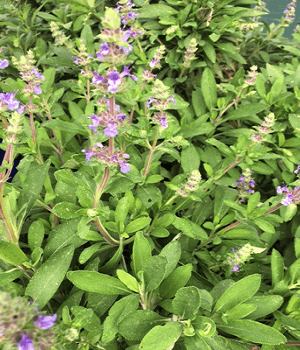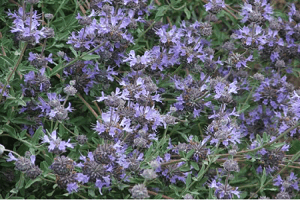

These Salvias can be found at many of the local native plant nurseries. The California Native Plant Society website has links to local nurseries, arboretums and botanical gardens, and native plant sales. Although Salvias are usually remarkably easy to grow, if yours begins to display symptoms of pests or diseases, the UC Integrated Pest Management website has a discussion on common problems and how to treat them. Many a Master Gardener has written about the joy of gardening with Salvias. To read more, check out this post, this two-parter (Part 1, Part 2), or this post about water-wise Cleveland sage, another local and native Salvia.
Source: ucanr.edu